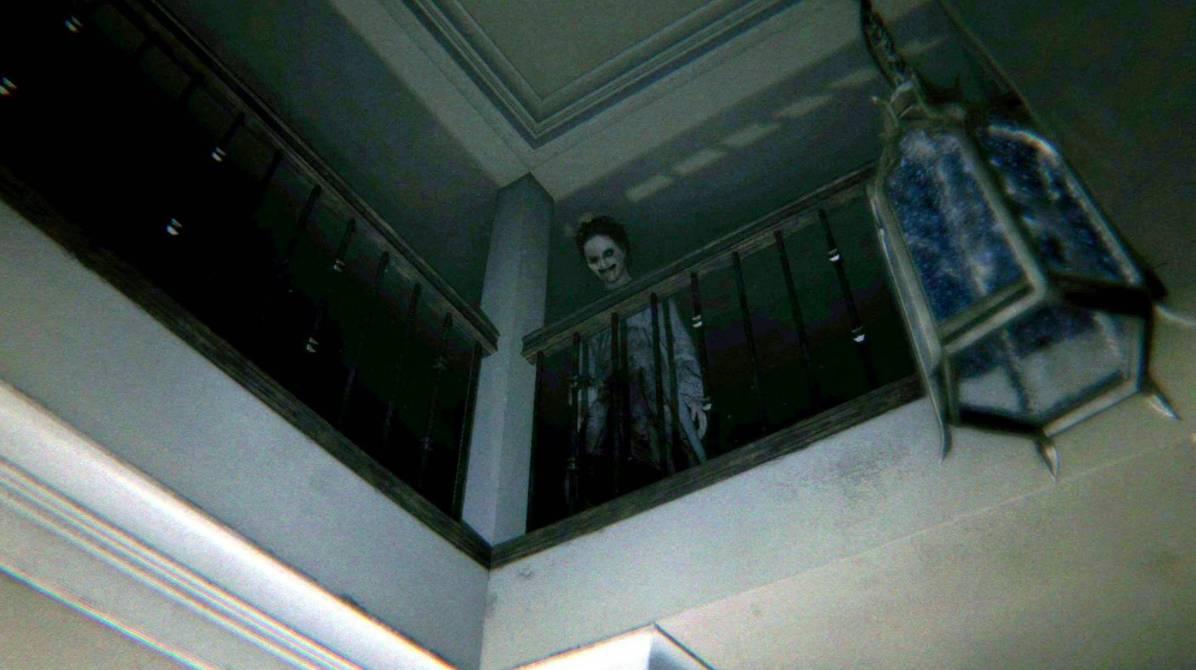How P.T. Changed Horror in Gaming Forever
P.T. was a demo for a cancelled game that rocked the PlayStation Store seven years ago, and left a permanent mark on the horror genre in the gaming industry, for better and for worse.
But what was P.T. really?
P.T. (or Playable Teaser) was a demo that dropped from a ghost publisher in 2014 with little to no information given upon release. It just… appeared.
“Watch out. The gap in the door… it’s a separate reality.”
The game begins with a drab, empty room and a simple premise: Leave. What follows is a series of events that lead the player to explore the small area of a house in which they are confined to. This mostly consists of a hallway, a bathroom and the beginning room which remains empty save for a talking paper bag (yes, really).
After several different planned events, escaping narrow run-ins with Lisa, the matriarch of the household, and making a particularly grumpy fetus laugh, the player would stumble upon the end of the demo (and coincidentally the beginning of a huge reveal that would shake the fandom to its core).
Silent Hills was announced through this demo in August 2014, and showcased a widely praised and acclaimed take on the beloved franchise that had since stayed quiet after the failed dungeon crawler game that was released for the PlayStation Vita (along with the less than impressive entries of Silent Hill: Homecoming and Silent Hill: Downpour).
Generally the entire fandom loved this take on Silent Hill, and welcomed the fresh perspective on the franchise that would be provided by Hideo Kojima, creator of the Metal Gear games, and Guillermo Del Toro, self-proclaimed horror aficionado.
However, in April of the following year, disaster struck; Konami, the publisher and owner of the Silent Hill games, announced that the game was cancelled. Hideo Kojima exited Konami altogether.
Thus, Silent Hills was left on the drawing board, with the only remnants of what could have been being cemented in a playable teaser that left everyone wanting more.
Image from P.T.
And yet, the allure of what P.T. promised to deliver would stay.
Over the course of the next seven years, hundreds of games would attempt to adopt the model that made P.T. successful (and very few would actually succeed).
One of the first games to jump on this bandwagon was titled “Visage,” a psychological horror game that took direct inspiration in both setting, plot and tone. Visage was a game that capitalized off the hole left from P.T.
“There was a hole here. It’s gone now.”
But, not really. Where P.T. succeeded was the seamlessness of its controls and how it played as a whole. P.T. truly felt like a divide between where the reality of a video game begins and ends.
“Effective horror is the delicate application of pressure until, without realizing it, you’re caught in a vise. The repetition of the hallway pacing acted like a trance, each step wearing away at reality as you spiral further from the known world,” wrote Jenna Stoeber in an article for Polygon.
Visage, however, was a game with clunky controls that, at times, suffered. The result of these not-tank controls was that it could be a bit jarring for the player, and break any tension they had spent time building if they didn’t work properly.
Arguably more effective than Visage was “Layers of Fear,” a game about an artist who is haunted by his past. While it was not similar to P.T. in art design or strategy, Layers of Fear was able to take what made P.T. so effective to the player and apply that to their own passion project.
The result was a game that played easily (and the controls even easier), that was able to continue to build up tension and morph the perception of what was happening in the game just enough to make the player question themselves.
Most similarly, Layers of Fear saw a jaded matriarch that shadowed the player’s footsteps and several specifically looping segments that took place entirely in their home.
And while each of these games were able to take what fans loved about P.T. and morph it into their own idea for what it could have been, it also became abundantly clear that the demo for Silent Hills was life-changing for the horror genre.
No matter how many games would claim inspiration and engineer the same scares in the hopes of evoking the same, unprecedented feelings that P.T. did, it became abundantly clear that the demo for Silent Hills was not something that could be easily duplicated.
Despite this, perhaps P.T. was always meant to be just a demo. What we got was what could have been, but not necessarily what might have been.
“P.T. will always be perfect, whereas the portrait of Silent Hills withers in the attic, hiding whatever sins or failures the full game might have had,” said Steobers.
For most, P.T. is a reminder of a great game with potential that was burned out as soon as it was lit; For others, it is a groundbreaking opportunity to see what horror can still become, and optimism at all that is left to create and discover.
“Look behind you. I said, look behind you.”
